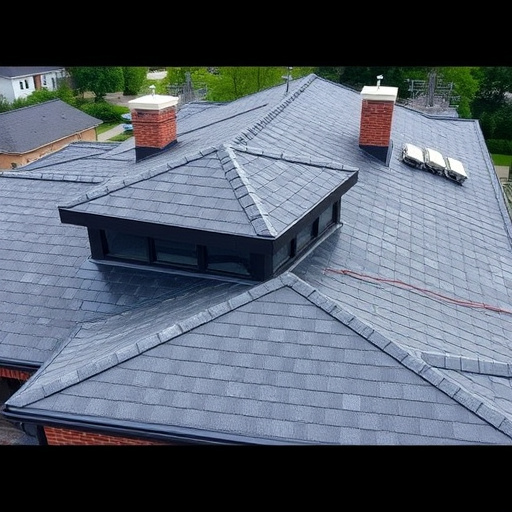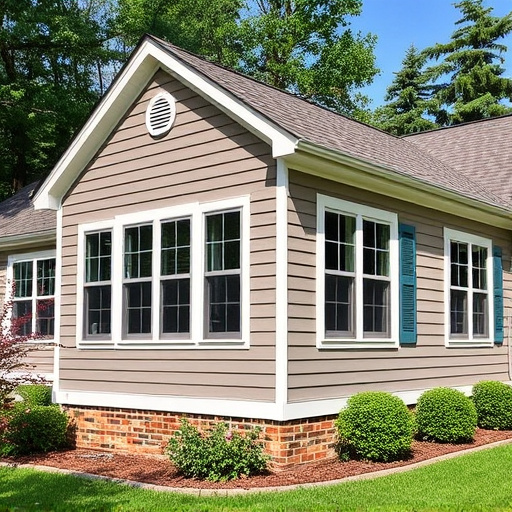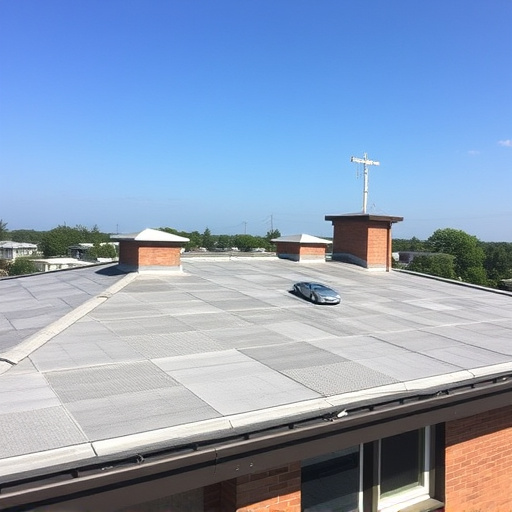When to Replace Old Wood Siding: Signs of Damage and Decay
Wood siding damage, from cracks, chips, peeling paint, and rot, signals structural compromise. Promp…….
Wood siding, an age-old exterior cladding choice, has adorned homes and buildings for centuries, lending aesthetic appeal and durability. This traditional building material has experienced a resurgence in popularity, driven by its natural beauty, versatility, and eco-friendly attributes. In this article, we embark on a journey through the world of wood siding, exploring its historical roots, global impact, technological innovations, regulatory frameworks, and its enduring relevance in modern construction. By delving into these aspects, readers will gain a comprehensive understanding of why wood siding remains a prominent player in the building industry.
Definition: Wood siding refers to panels or planks made from various wood species, attached to the exterior walls of buildings to provide protection against the elements and enhance visual appeal. It is a versatile cladding option, offering both traditional and contemporary aesthetics.
Core Components:
Historical Context: With roots tracing back to ancient civilizations, wood siding has evolved over millennia. From log cabins to Victorian-era homes, it has been a staple in construction. The 19th century saw the introduction of mass production techniques, making wood siding more accessible. Today, modern manufacturing processes combine traditional aesthetics with advanced preservation methods, ensuring longevity and low maintenance.
Wood siding’s influence extends beyond geographical boundaries, with diverse regions embracing its unique qualities:
| Region | Key Trends | Unique Considerations |
|---|---|---|
| North America | A resurgence in natural, rustic looks. Use of reclaimed wood for a sustainable approach. | Known for high-quality cedar and pine, North American siding is celebrated for its durability and aesthetic appeal. |
| Europe | Increasing demand for low-maintenance options. Popular use of treated timber for extended life. | European standards emphasize environmental sustainability, leading to advanced preservation treatments without harmful chemicals. |
| Asia-Pacific | Balancing traditional and modern designs. Use of local wood species promotes cultural identity. | Rapid urbanization drives the need for efficient, quick-to-install siding solutions, while preserving natural wood aesthetics. |
| Latin America | Traditional styles with a contemporary twist. Local artisans contribute unique craftsmanship. | Diverse climates demand versatile siding options, leading to creative regional variations. |
These global trends showcase the adaptability of wood siding, catering to diverse cultural preferences and environmental conditions.
The wood siding market is a significant contributor to the construction industry’s economic landscape:
Innovation in wood siding has led to breakthroughs that improve performance and sustainability:
Regulatory frameworks play a crucial role in shaping the wood siding industry:
Despite its many advantages, wood siding faces certain challenges:
Strategies to Overcome Issues:
A rustic log cabin renovation in the Canadian Rockies showcases the beauty of natural wood siding. The project utilized locally sourced cedar, preserving the cabin’s historic charm. Proper preservation treatments ensured the siding resisted harsh winters, demonstrating the durability of treated wood. This case highlights how wood siding can blend with natural surroundings, enhancing the overall aesthetic appeal of a location.
In Sydney, Australia, an old warehouse was transformed into modern lofts, featuring wood siding as a key design element. Recycled pine siding was used for its cost-effectiveness and eco-friendly credentials. The project won awards for its innovative use of traditional materials in a contemporary setting, proving that wood siding can adapt to diverse architectural styles.
A high-rise apartment complex in Los Angeles adopted an eco-conscious approach with bamboo-based composite siding. This case study exemplifies the successful integration of sustainable wood alternatives into modern urban development, addressing environmental concerns while meeting aesthetic standards. The project’s success led to increased interest in eco-friendly cladding options.
The wood siding industry is poised for continued growth, driven by several emerging trends:
Wood siding, with its rich history and diverse applications, remains a cornerstone of modern construction. Its natural beauty, durability, and versatility have secured its place in the industry. As technology advances and environmental concerns evolve, the wood siding market adapts, offering innovative solutions while preserving traditional aesthetics.
By understanding and addressing challenges, embracing sustainability, and exploring new technologies, the wood siding industry will continue to thrive globally. This timeless cladding solution is set to shape the architectural landscape for years to come, providing a harmonious blend of functionality and natural charm.
Q: How does wood siding compare to other exterior cladding options in terms of cost?
A: Wood siding generally offers competitive pricing compared to brick or stone, making it an attractive option for budget-conscious developers and homeowners. While costs can vary, its long-term value and low maintenance make it a wise investment.
Q: Can wood siding be used in humid climates? How can its durability be maintained?
A: Absolutely! Advanced preservation treatments and specific wood species, like cedar and treated pine, are well-suited for humid environments. Proper installation, including flashing and sealing, is crucial to prevent moisture ingress and ensure longevity. Regular maintenance, as per manufacturer recommendations, further enhances durability.
Q: Are there any environmental concerns associated with wood siding?
A: Responsible sourcing and sustainable practices address environmental concerns. Certification programs like FSC ensure that timber is harvested responsibly. Modern treatments and composite materials also reduce potential impacts, making wood siding an eco-conscious choice.
Q: How does wood siding contribute to energy efficiency in buildings?
A: Wood siding can play a role in passive heating and cooling. Well-insulated walls with wood cladding offer better thermal resistance, reducing the need for excessive heating or cooling. This contributes to energy efficiency, lowering utility costs for homeowners.

Wood siding damage, from cracks, chips, peeling paint, and rot, signals structural compromise. Promp…….

To achieve optimal results when painting or staining wood siding, follow these steps: thoroughly cle…….

Selecting the perfect wood siding style for your home involves balancing aesthetics and practicality…….